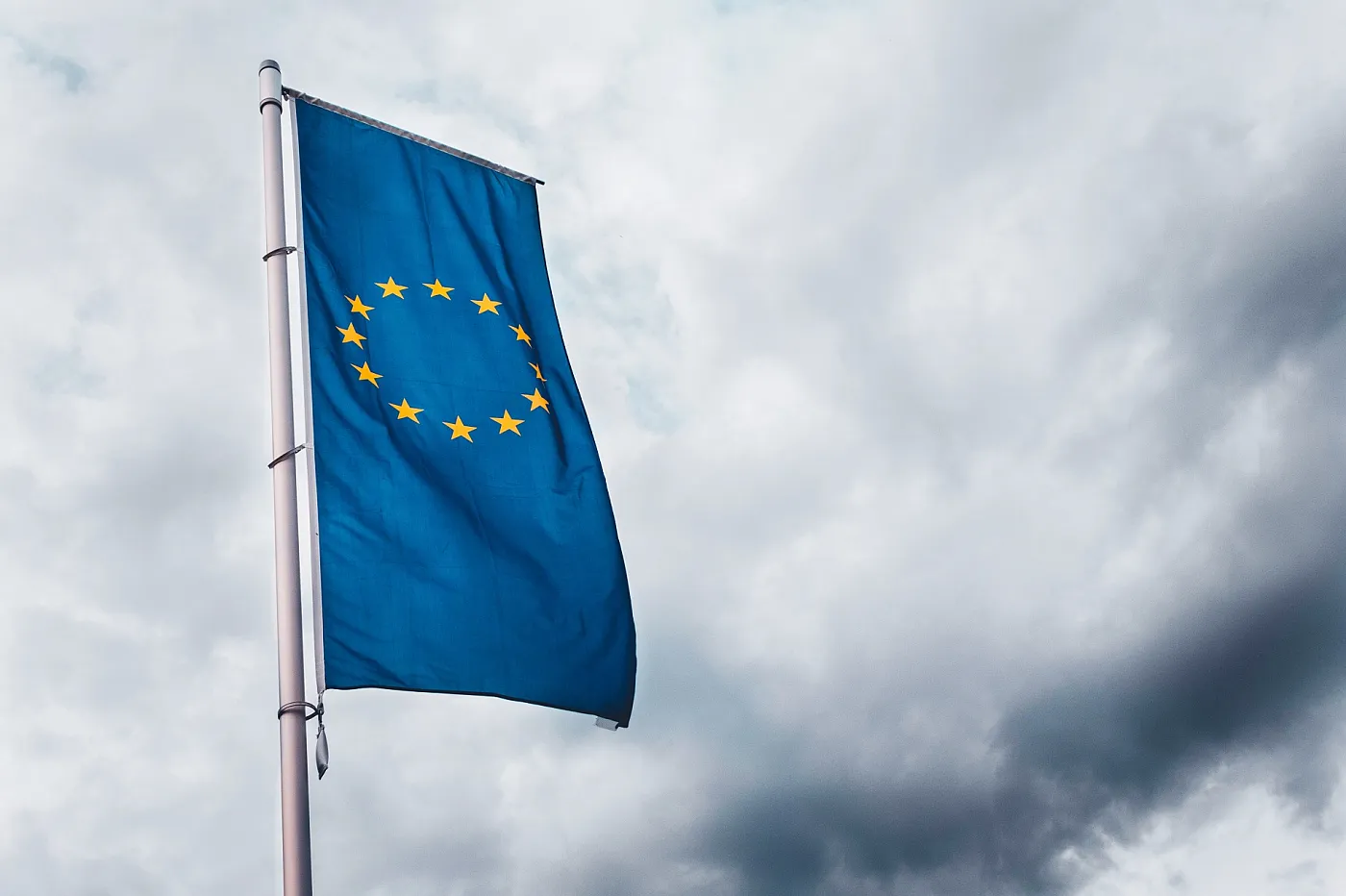Introduction
In May 2009, the European Commission (“Commission”) concluded that Intel had abused its dominant position on the market for x86 central processing units (CPUs), by implementing a strategy aimed at excluding from the market its only real competitor, Advanced Micro Devices (AMD), and imposed a fine of 1.06 billion euros, the then largest fine issued to a company in a EU antitrust case.
The conduct by Intel which the Commission found to be abusive consisted of:
(i) granting rebates to four major computer manufacturers (Dell, Lenovo, HP and NEC) on the condition that they purchased from Intel all, or almost all, of their x86 CPUs;
(ii) awarding payments to retailer Media-Saturn, which were conditioned on the latter selling exclusively computers containing Intel’s x86 CPUs; and
(iii) making payments to three computer manufacturers (HP, Acer and Lenovo), on the condition that they postponed or cancelled the launch of products with AMD CPUs.
The decision was appealed by Intel to the EU General Court, which in June 2014 confirmed the Commission’s decision and dismissed the appeal. Intel then appealed the General Court’s judgment to the European Court of Justice (ECJ). In October 2016, Advocate-general Wahl delivered his opinion on the appeal and recommended that the ECJ should set aside the General Court’s judgment, inter alia, for having failed to analyse the effects on competition of the rebates offered by Intel.
In its much awaited judgment of 6 September 2017,1 the European Court of Justice agreed with the Advocate-General and annulled the General Court’s decision, referring the case back to the lower court. The ECJ’s judgment brings further clarity to the existing case law on rebates, an area where companies with a dominant position have long faced considerable uncertainty.
Clarification of the law on loyalty rebates
Under existing case law (which is not questioned by the Intel judgment), in an abuse of dominance assessment under Article 102 TFEU three categories of rebates can be identified:
- Quantity rebates, which are linked solely to the volume of purchases from the supplier in a certain individual order, are admissible, to the extent that they correspond to savings achieved by the dominant undertaking;
- Exclusivity or loyalty rebates, granted to customers who commit to purchase all or most of their requirements from the dominant company, are presumed abusive, unless it can be objectively justified by the dominant undertaking;
- Other rebates not included in the previous two categories, in particular conditional rebates, granted to the client for achieving certain purchasing targets over a given period, should be assessed taking into account all relevant circumstances to determine whether the rebate is capable of having an anti-competitive foreclosure effect, by restricting or impeding access to the market by other competitors or restricting the buyer’s freedom to choose his sources of supply.
The rebates offered by Intel were found to be “loyalty” rebates, since they were granted on the condition that clients purchased from Intel all, or “almost all” (80% to 95%) of their x86 CPUs. The General Court (invoking the existing case law of the ECJ) confirmed the Commission’s line of argument that loyalty rebates granted by a dominant were, by their very nature, capable of restricting competition, an analysis of all the circumstances of the case to establish an anticompetitive effect and, in particular, an as efficient competitor test (“AEC test”) were not necessary.
However, on appeal the ECJ noted that the Commission had nevertheless carried out an in-depth examination of the circumstances of the case in its decision, which led it to conclude that an as efficient competitor would have had to offer prices which would not have been viable and that, accordingly, the rebate scheme at issue was capable of foreclosing such a competitor. The ECJ further observed that the AEC test had played an “important role” in the Commission’s assessment of whether the rebate scheme at issue was capable of having foreclosure effects on as efficient competitors, and that, for that reason, the General Court was required to examine all of Intel’s arguments concerning that test, which the General Court failed to do.
More importantly, the ECJ clarified that, in cases where the dominant company submits, during the administrative procedure before the Commission, evidence that its conduct was not capable of restricting competition, and, in particular, of producing the alleged foreclosure effects, the Commission is required to analyse all the relevant circumstances of the case, notably the extent of the dominant position, the share of the market covered, the conditions, duration and amount of the rebates granted, as well as a possible existence of a aiming to exclude competitors.
The ECJ also noted that the analysis of the capacity to foreclose is relevant for assessing whether the rebates may be objectively justified, such as where exclusionary effects are outweighed by efficiencies which also benefit the consumer.
Comment
The Intel judgment does not change the principle established in long settled case law (going back to the 1979 Hoffmann-La Roche decision) whereby loyalty rebates are “presumed” capable of restricting competition and therefore abusive. But it provides a helpful clarification that companies under investigation can ”rebut” that presumption, meaning that, when the defendant companies produce supporting evidence, the Commission must analyse seriously any arguments that the rebates are not “capable” of having a restrictive effect on competition.
The ruling therefore points to a more effects based economic approach when assessing exclusivity rebates, already foreseen in the Commission’s 2008 Guidance Paper on enforcement priorities for Article 102, which is welcome.
As for the fine imposed on Intel, while the General Court’s judgment was annulled (the ECJ dismissed other arguments brought by the company on territorial jurisdiction and procedural irregularities), this does not end the Intel saga, since the case is heading back to the General Court for its examination of whether, in the light of the arguments put forward by Intel, the rebates were capable of restricting competition.
Another issue left open by the Intel decision also is the meaning of the term “capability” (to restrict competition), which is given particular emphasis in the judgment, and which AG Wahl considers that cannot merely mean a «[h]ypothetical or theoretical possibility», but an assessment of «[w]hether, in all likelihood, the impugned conduct has an anticompetitive effect». The General Court decision will therefore be awaited with impatience.

_______________________
1 Judgment of 6 September 2017, Intel Corporation Inc. v Commission, C-413/14 P, EU:C:2017:632, accessed and available at curia.europa.eu.


